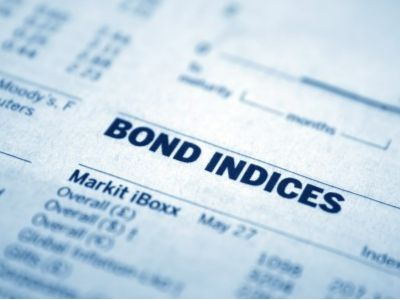Dongya Lianfeng: Market expectations are highly volatile, short-term interest rates are attractive and low risk.
2024-10-17 15:35
Historical data also shows that the stock market generally starts to establish an upward trend about 6 months after the Fed cuts interest rates. If investors are not currently interested in investing in stocks, they can consider a short-term bond strategy, locking in high interest rates first and making adjustments after the situation becomes clearer.
East Asia Alliance Feng Investments released a report stating that after the Federal Reserve's interest rate decision in September, as expected, interest rates were cut by 50 basis points, officially ushering in a loose monetary policy. With expectations of loose monetary policy, inflation relief, and resilient economic growth, investor confidence in facing future potential risks may be boosted. However, the market has already accumulated a lot of gains this year, coupled with the upcoming US elections, escalating geopolitical tensions, and market expectations for the extent of interest rate cuts, all of which could increase market volatility. Historical data also shows that the stock market generally starts to establish an upward trend six months after the Federal Reserve cuts interest rates. If investors are not keen on investing in stocks at this stage, consider using a short-term bond strategy to first lock in high yields, and then adjust after the situation becomes clearer.
East Asia Alliance Feng stated that short-term bond supply is high, liquidity is high, and despite significant market fluctuations, short-term bond prices generally remain relatively stable. The risk, priced by market value, is also relatively low, meaning investors do not need to overly worry about price changes and can flexibly allocate funds according to market conditions and personal needs. Short-term investment-grade bond credit ratings are high, the fundamentals are sound, and the short maturity date of bonds lowers the default risk compared to long-term bonds. Although interest rates have been trending downward, the market is still in the early stages of rate cuts, and current yields are still attractive. Short-term financial bonds in China, the UK, and the US offer choices with yields of 5% to 6%.
Over the past 10 years, the average real interest rate in the US has been 0% to 0.5%. Assuming inflation remains at 2.5% to 2.75%, the reasonable range for the federal funds rate should be approximately 3% to 3.25%, leaving about 200 basis points for rate cuts. For investors seeking long-term stable returns and willing to take on higher risks, opportunities brought by long-term bonds should be noted. Long-term bonds have a longer maturity date, with more variables such as macroeconomic factors, issuer fundamentals, and interest rate trends, making the risk and volatility higher than short-term bonds. However, investors can lock in attractive long-term yields, and with an inverse relationship between interest rates and bond prices, as interest rates fall, the prices of long-term bonds often see significant increases, providing better potential for capital appreciation during rate cut cycles.
The fundamentals and technical aspects of Asian bonds are positive, as due to past cycles, inflation pressures in Asia have been relatively mild, with interest rate hikes lower than developed countries. Although uncertain factors such as the US elections may cause market volatility, Asian bond markets have traditionally shown lower volatility. Therefore, when the bond market experiences a pullback, many institutional investors see it as an opportunity to buy at a lower price, supporting the bond market. Asian investment-grade long-term bonds offer a variety of choices with an average yield of over 5%. Korean financial institutions, Indonesian green metal exporters, and Chinese technology, media, and telecommunications investment-grade bonds are worth considering.
In summary, whether short-term bonds, long-term bonds, or stocks, the final decision depends on the investor's risk appetite and investment needs.
RECOMMEND

AMAC: In January, 137 new asset-backed special plans were filed, with a total scale of 1122.64 billion yuan.
26/02/2025

Schroder Investment: Investors should consider allocating funds to securitized credit and insurance-linked securities.
26/02/2025

Reuss County Asset Annual Reflection: Policy Tipping Point is very clear. The semiconductor industry in 2025 is a game for the brave.
26/02/2025


